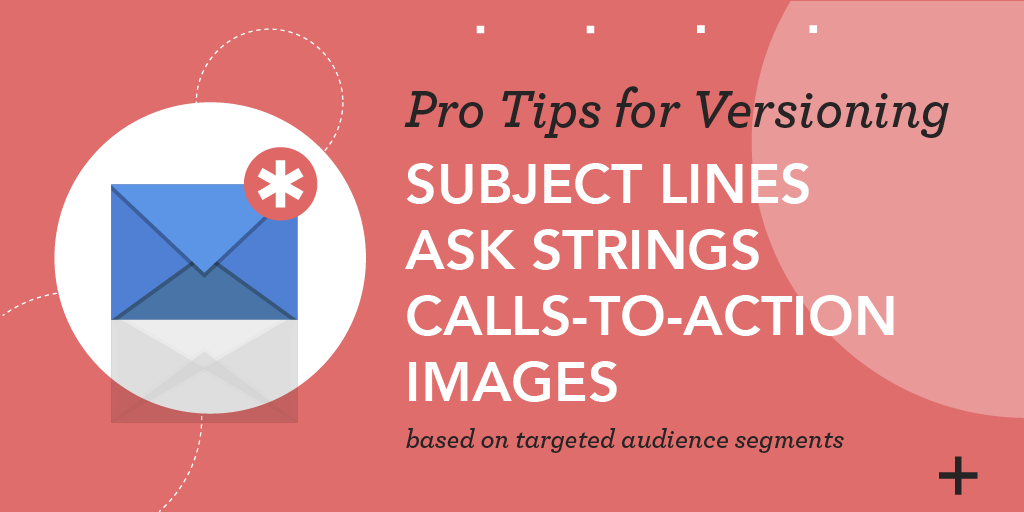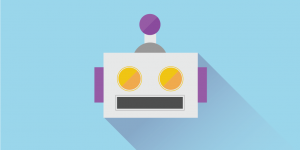Data-driven emails are crucial for nonprofits that want to better connect with their donor base and raise more money. In fact, 65 percent of donors would give more if they felt that nonprofits better understood their preferences, according to Salesforce.
But understanding what donors want to hear is only half the battle. Applying these preferences to your organization’s fundraising emails has numerous benefits. Showing donors that you really know them enables nonprofits to raise more money, retain donors at a higher rate, and encourage current donors to become ambassadors for your organization and cause.
Let’s get started.

Getting Personal
We know that mass appeal communications have no place in fundraising. So why would you send out emails that don’t recognize the members of your audience as the individuals they are? Still, 79 percent of fundraising emails fail to even address donors by their first and last name!
Don’t just settle and send everyone the same, “Dear Valued Supporter,” or other generic greeting. You probably already apply personalized elements in your direct mail. But it’s even easier to apply personalization to your emails. So why not take the extra step to acknowledge each donor?
If your database is in order, many mass email services will help you get started. Each program is a little different. But in general, you can add a custom field to the subject line or email body that will automatically display each recipient’s name in their inbox.
This small tweak can have a huge impact. In fact, Experian Marketing found personalized emails have 29 percent higher open rates and 41 percent higher click-through rates compared to generic emails.
Keep in mind, you can personalize with data points other than just a recipient’s name. Consider grabbing a donor’s attention by making a mention of their last gift right in the subject line. Or, mention the name of their city if it is relevant.

Targeted Audiences
So, we know it is important for your emails to feel special for each recipient. Certain elements will be completely individualized and unique for each recipient. But segmenting your audience allows you to reach more people with a relevant message while minimizing the time it takes to make each message personal.
Consider breaking down your recipients into targeted audiences based on similar qualities. These can include giving history, programs of interest, membership status, or really anything that will help the audience feel like you know them as an individual.
For example, let’s say you are sending an appeal email to your entire donor base and decide to break your audience down by giving history. You separate your recipients into three categories: Donors who gave within the last year, LYBUNTs, and prospective donors who have yet to give.
You don’t want to send these groups the same message. The things that inspire a lapsed donor to renew their gift may not appeal to donors who have never given to your organization.
Breaking your audience down into segments allows you to version things like:
- Email subject line
- Ask strings
- Examples of impact
- Images
- Calls-to-action
Reaching your audience with a message that speaks to where they are at in terms of their relationship with your organization will have a tremendous effect on response rates and fundraising capacity. Data-driven emails are a great way to do it.
Better Fundraising Emails
There’s a lot that goes into creating truly powerful and effective fundraising emails. Analyzing your data to get a better feel for how donors want to be communicated with is just the first step. Without a data-driven approach, you are flying blind.
Use what you already know about your donors to develop emails that generate more opens, more clicks, and more donations. It could be as simple as knowing what time of day your audience is most likely to check their inbox!
These strategies are proven to help your organization develop stronger content for your emails that inspire action from your donor base. Keep an eye out for future blog posts that will focus on in-depth areas of your email strategy.







